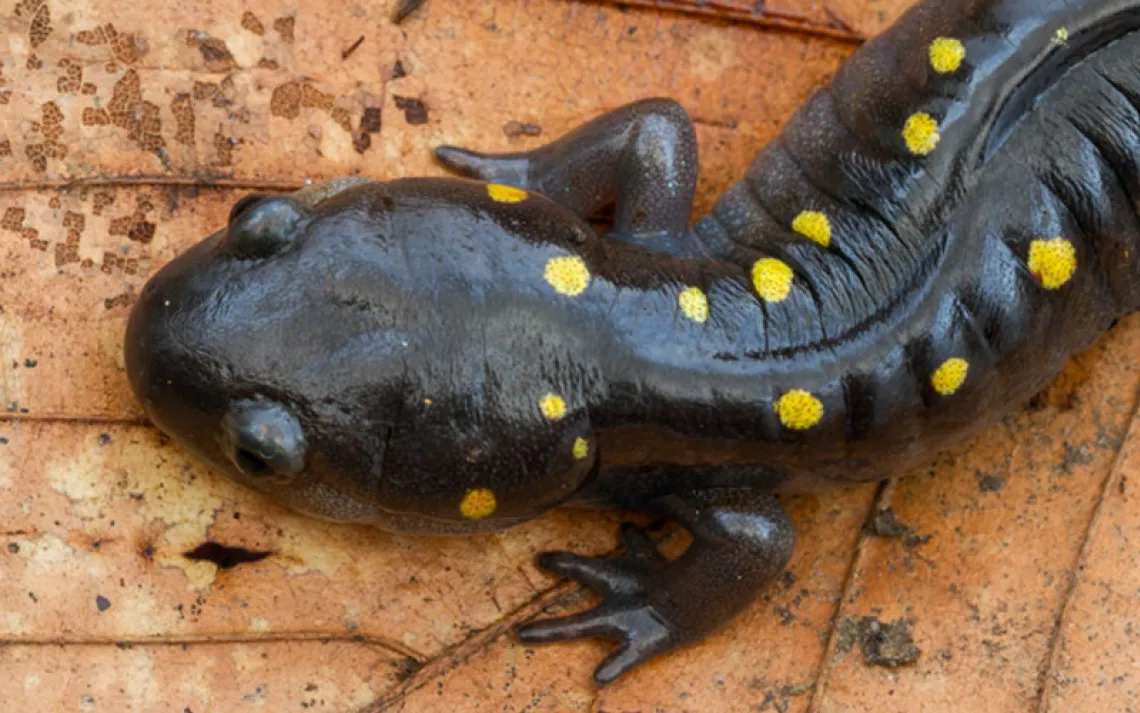Wildlife Spectacle
A seasoned zoologist offers a unique take on North American wildlife
In his latest book, Wildlife Spectacles: Mass Migrations, Mating Rituals, and Other Fascinating Animal Behaviors (Timber Press, October 2016), zoologist Vladimir Dinets examines a broad array of living creatures, from the ancient sea lamprey to the common hummingbird. The book describes in detail the habits and habitats of animals ranging from softshell turtles to caribou.
After living in North America for 20 years, Dinets, a Russian immigrant, was amazed by how little the continent’s residents knew about their natural surroundings. “I found it extremely surprising that so many wonderful places were unknown, even to specialists,” Dinets said in a phone interview with Sierra. “If people don’t know about these places, they’re not going to do anything to protect them.”
Wildlife Spectacle includes dozens of pages of viewing tips for both advanced and amateur wildlife observers, and is filled with facts about the animals that Dinets has spent decades studying. For example, he describes whale-watching in Monterey, where he saw humpbacks defend sea lions from transient killer whales. Dinets’s decades of observations have taught him that when it comes to the world of animals, their existence isn’t just about such raw moments. “People think about nature as a constant battle for survival, but animals have their own moments of happiness,” he said. “The emotional life of animals is so different and difficult to understand.”
Above all else, Dinets said, “Don’t be afraid to ask questions, and don’t be afraid to find out that there are no answers to these questions. This is how science works.”
 The Magazine of The Sierra Club
The Magazine of The Sierra Club








